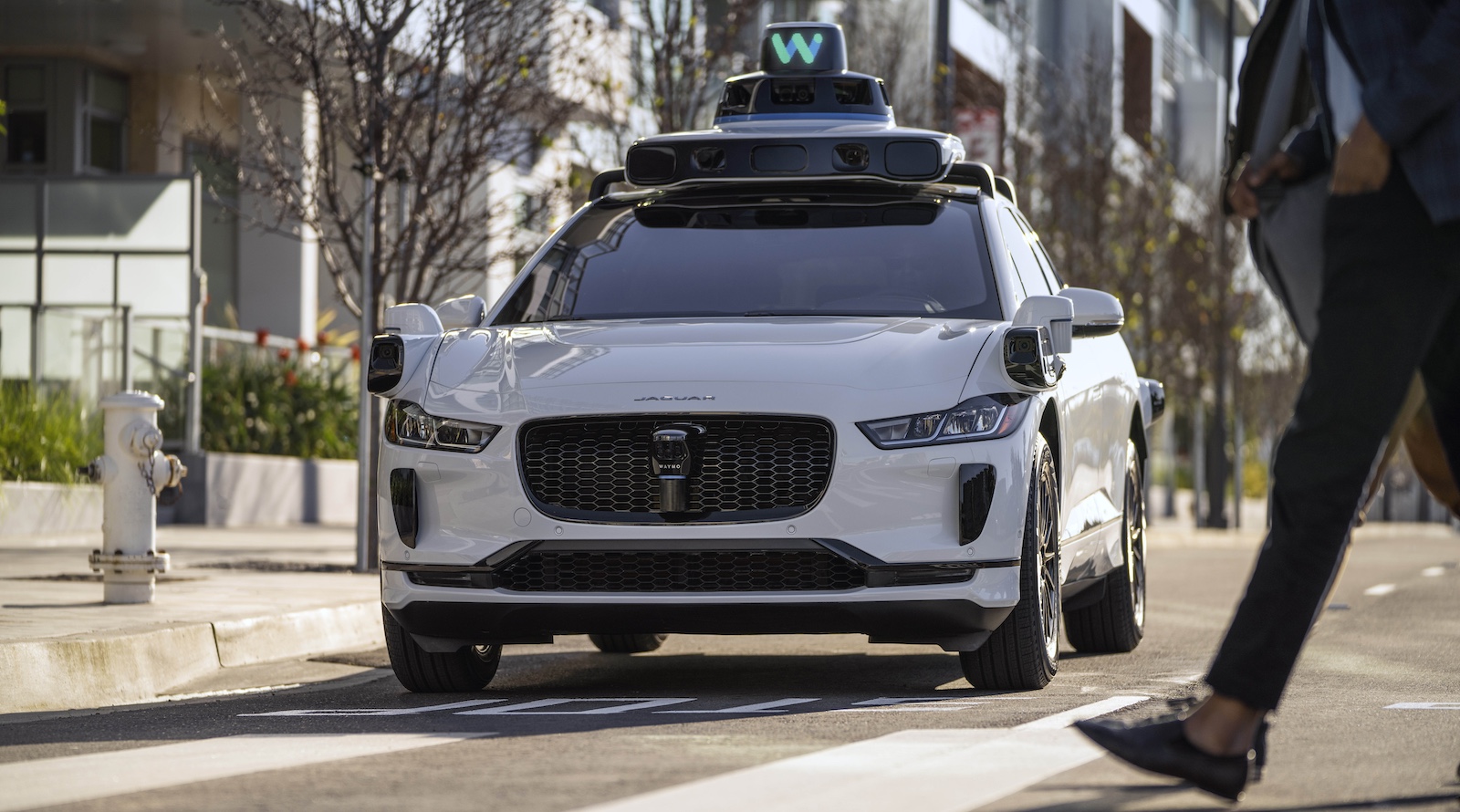Waymo has been testing self-driving cars for a couple of decades, and has had them taxiing paying passengers around for a handful of years. Without a doubt, there are challenges every step of the way, but a really big one must be deciding when robotaxis are genuinely safe and ready to deploy. The company has now decided to share a bit more on how that works.
But it goes beyond deploying robotaxis in a new area. There are all kinds of deployments which need careful management. Waymo elaborates: “The Waymo Driver is constantly learning, becoming smarter, more capable, and expanding into new environments. Before any major advancement — whether deploying safety-relevant software updates, expanding operations into brand new areas, or introducing a new vehicle platform — we apply the same rigorous, evidence-based analysis that we used to determine the Waymo Driver’s initial readiness.
“Our latest paper reveals the twelve acceptance criteria that we use to assess whether the Waymo Driver is ready for the road prior to deployment in such evolving circumstances. It also describes the governance structure that guides our decision-making and ensures accountability at every step.”
Getting even more interesting, and confirming what I was thinking, Waymo notes that no self-driving company has ever shared this amount of detail regarding this process with the public. The company is highlighting its unmatched transparency, and perhaps I’m imagining it, but it seems like Waymo is throwing a little bit of shade at Tesla in this regard — especially as Tesla has tried to prevent basic data from being publicized.


“To ensure the absence of unreasonable risk, Waymo uses a variety of tools – including our Safety Framework, Safety Case and Safety Impact data,” Waymo goes on.
Well, this is really about sharing what Waymo is opening up about, so let’s just let Waymo take it away:
“When building the Waymo Driver, we need confidence in its ability to handle rare, high-risk scenarios — and in our ability to identify and mitigate those risks before deployment. We need to ask whether the residual risk posed by a system is acceptably low — not just in theory, but in practice. This determination is complex, multi-layered, and must be grounded in evidence.
“However, there is currently no consensus across the industry for how AV companies should build the case to determine readiness for deployment. Our hope is that by sharing our approach, we can help guide broader industry practices and regulatory frameworks, and offer a concrete, proven model for how companies should operationalize the concept of ‘absence of unreasonable risk.’
“Our Criteria for Determining Absence of Unreasonable Risk
“In our approach, each of the twelve criteria plays a distinct role in helping us assess our safety readiness. Together, they help ensure that the Waymo Driver meets stated requirements, demonstrates strong performance catered to the use-case and deployment locations, mitigates known risks and has the monitoring systems in place to catch new ones. As no single metric or methodology can evaluate the AV safety on its own, this approach enables a more systematic and holistic analysis of residual risk, combining both qualitative and quantitative signals across multiple methods.

“Each criterion statement guides deployment approval and feeds into the broader Safety Case, which includes additional process and performance evidence beyond deployment readiness.
“Of course, deployment in each geography exposes the Waymo Driver to new potential areas of uncertainty and risk. Our paper outlines the governance framework we have in place to develop a robust readiness determination, including the role our Safety Framework Steering Committee and Safety Board play, to ensure that residual risk remains in-line with pre-specified targets for the Waymo Driver in new risk environments.

For much more, you can read the full research paper here. Naturally, there’s a lot more to read about and to try to understand, but I think from tis intro, or taster, you can get a sense of just how thorough, systematic, and careful Waymo’s process is for evaluating the safety of their systems and updates to their systems. It certainly inspires some confidence in how the company operates and I’m sure helps to explain how Waymo robotaxis have expanded so much, provided more than 10 million trips, and almost never cause notable issues.

Sign up for CleanTechnica’s Weekly Substack for Zach and Scott’s in-depth analyses and high level summaries, sign up for our daily newsletter, and follow us on Google News!
Whether you have solar power or not, please complete our latest solar power survey.
Have a tip for CleanTechnica? Want to advertise? Want to suggest a guest for our CleanTech Talk podcast? Contact us here.
Sign up for our daily newsletter for 15 new cleantech stories a day. Or sign up for our weekly one on top stories of the week if daily is too frequent.
CleanTechnica uses affiliate links. See our policy here.
CleanTechnica’s Comment Policy

